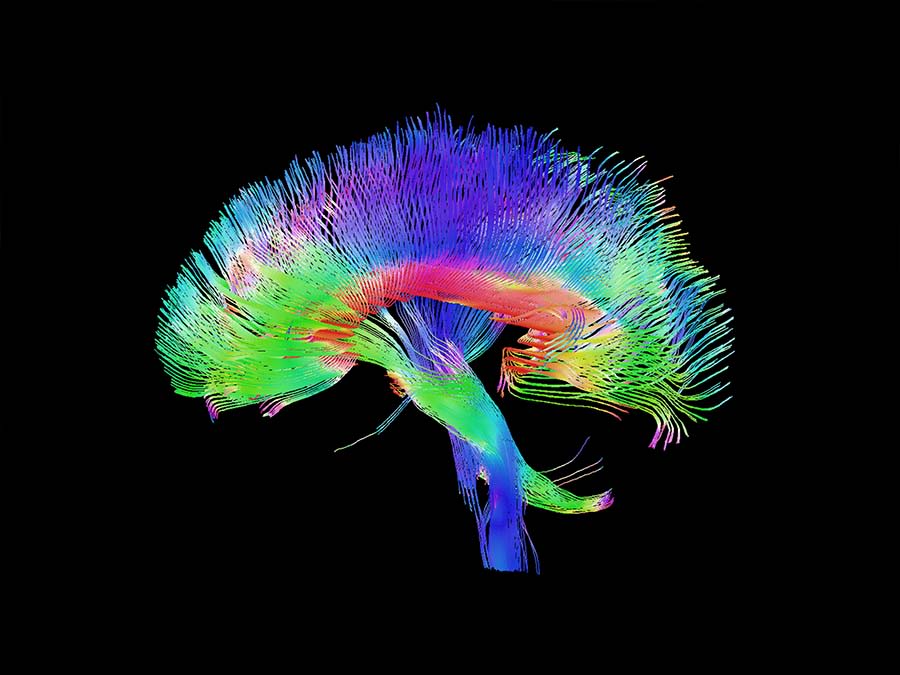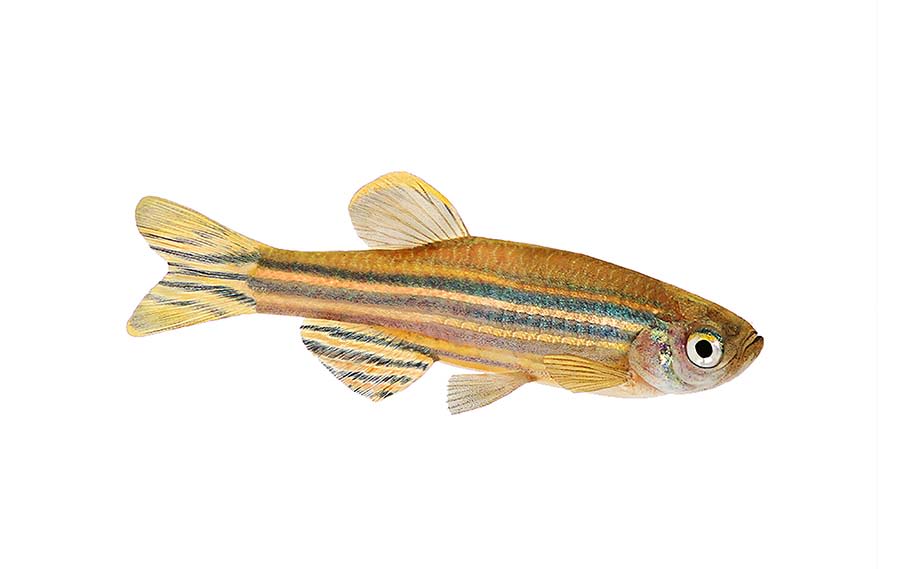Why study the developing brain?
The BRAIN magazine

Your brain is responsible for nearly everything you do. Because of your brain, you can read, understand and remember this text. You can feel happy, sad, anxious and excited. You can plan your day, move around, eat, sleep, and learn from everything you experience.
Incredibly, this complex biological machine starts as just a thin sheet of cells in the embryo. By adulthood, it is a 1.4 kg organ composed of about 100 billion cells called neurons, a similar number of supporting glial cells, and around 100 trillion connections called synapses.
Amongst this mass of cells and complexity lies incredible order: for example, distinct brain areas cater for defined functions like movement, sight and language. Different neuron types give rise to many functions, such as movement, memory and sensing external stimuli, and usually, more than one brain region is involved in each. Building a brain is a highly choreographed process.
The developing brain describes the stage from when the brain has its first neurons a few weeks after conception to when it reaches its full size at about 14 years of age.
How does a thin sheet of cells transform into a fully functioning brain? Developmental neurobiologists are trying to understand this. Answering this question is crucial to understanding developmental brain disorders like autism, attention deficit hyperactivity disorder (ADHD), and intellectual disabilities.
In addition, errors or failures in the wiring up of the developing brain can have delayed effects, for example, increasing the risk of developing schizophrenia or bipolar disorder in adulthood. Understanding what goes wrong in the brain during development and the interaction between genes and the environment is vital for preventing or treating such disorders.

A tractography image reflecting major neural highways. Image: Queensland Brain Institute
A tractography image reflecting major neural highways. Image: Queensland Brain Institute
How do researchers study the developing brain?
To understand human brain development, neuroscientists use technologies such as brain scans. A challenge in studying human brain development is the length of time that a baby develops—an average of 40 weeks for human pregnancy and then up to 14 years until the brain reaches its full size.
Basic molecular and cellular processes governing the development of individual brain regions cannot be studied directly in a human brain because of ethical reasons in accessing the brain of a living person.
So, researchers use animals as models. For example, the transparency of the zebrafish embryo allows researchers to study how neuron activity (tracked with fluorescent markers) relates to behaviour. Animals like the fruit fly provide insights into the genes responsible for development, and the use of rodents allows researchers to study similar brain anatomy and circuits to those found in humans.

A zebrafish. Image: Mirko Rosenau / Adobe Stock
Zebrafish. Image: Adobe
Definitions
The developing brain describes the stage from when the brain has its first neurons a few weeks after conception to when it reaches its full size at about 14 years of age.

Colour dots represent the activity of neurons in a zebrafish’s brain. Image: Queensland Brain Institute
Colour dots represent the activity of neurons in a zebrafish’s brain. Image: Queensland Brain Institute